Secret Mountain Sex Parties (original) (raw)
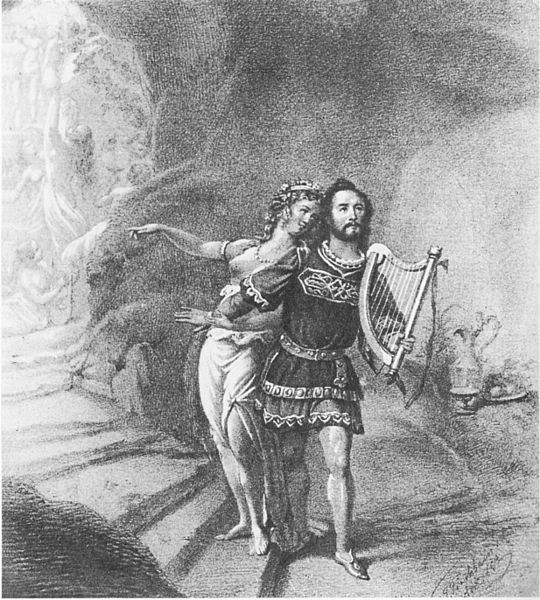
One of the stories mentioned in Sabine Baring-Gould’s Curious Myths of the Middle Ages is that of Tannhäuser and the Venusberg, which is probably best known through Wagner’s opera. I wasn’t that familiar with it, so I looked into it a little bit more. It’s a German legend that combines two different elements, the story of the musician Tannhauser and that of the heathen paradise inside a mountain. The basic structure of the story is that a knight comes across a mountain that turns out to be the home of the goddess Venus, or some similar figure.
He lives there for years in a world of sensual pleasure, but eventually misses the outside world and escapes, then seeks penance from the Pope for his sins.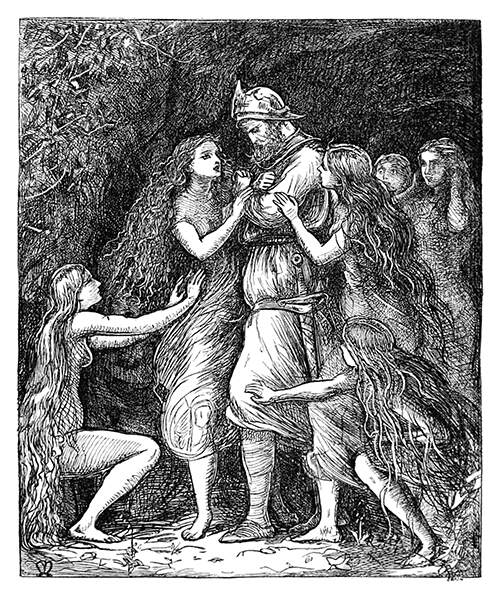
The Pope tells him that his staff would blossom before he would forgive such sin, so the knight returns in shame to the mountain paradise, only for the Pope’s staff to bud when it’s too late for him to leave again. There are many similar stories of a man being seduced by an otherworldly woman and staying in her home for what turns out to be an incredible length of time, as with Tam Lin, Oisin, Urashima Taro, and of course Odysseus and Calypso. This particular version adds an explicitly Christian element in that the guy doesn’t just get homesick, but is explicitly regarded as having very seriously sinned. I guess the implication is that he had sex with Venus and/or her attendants, but it doesn’t really seem like he was hurting anybody by doing this. Or the issue might be that he renounced his Christian faith in favor of pagan belief. The earliest known version of this tale is credited to the French writer Antoine de la Sale in a ballad from around 1440. Here, the supernatural woman in the mountain isn’t Venus, but rather Sibilla, a variant of the Sibyl, an type of ancient Greek prophetess who became a fairy called Sebile in medieval folklore.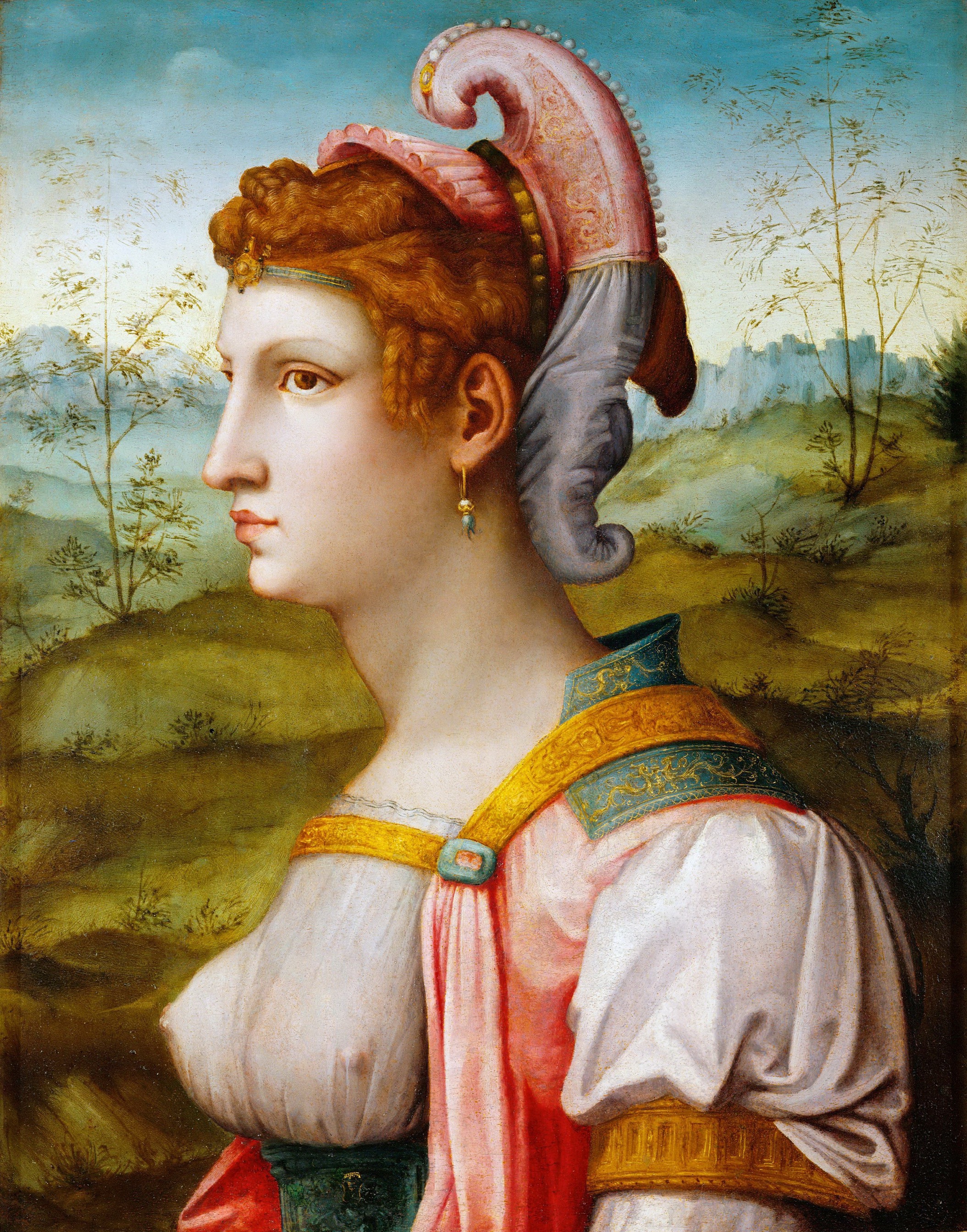
In Arthurian lore, she worked alongside Morgan le Fay, as when the two of them kidnapped Lancelot.
The mountain in which the tale takes place is called Monte Sibilla, in the Italian Apennines.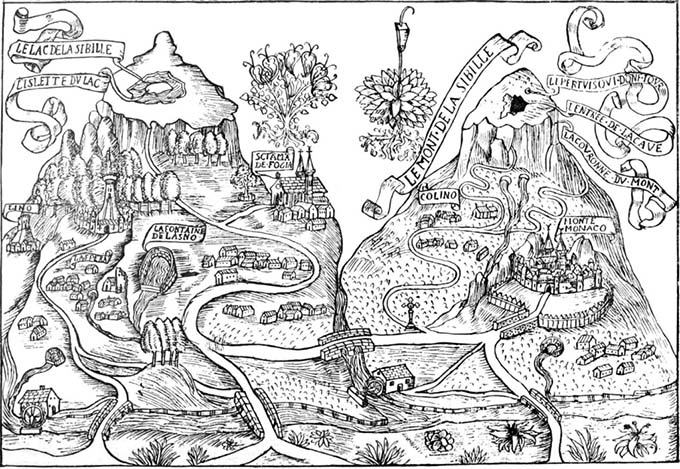
Sibilla and her attendants are said to occasionally turn into snakes and scorpions, which is how the visiting knight realizes something bad is going on in the alleged paradise. German sources later identified the specific mountain as Horselburg in Thuringia, which was apparently already sometimes said to be the home of the goddess Hulda or Holle. Pagan deities and other mythical figures were often said to have taken to hiding out in remote locations, so I’m sure many mountains had such associations. The name Venusberg presumably came from an association of Hulda with the Roman Venus, and appeared in a fifteenth century work describing witchcraft before being associated with this legend.
Icelandic sagas make mention of the Helgafjell, or Holy Mountain, where some Vikings spend the afterlife in feasting and carousing. From outside, someone can hear noises and see fires, a common trait of such places. There is one particular place called Helgafjell in western Iceland, but it’s likely that other mountains filled the same role in other areas with similar beliefs. And Baring-Gould mentions the story of Helgi Thorisson, which also has heavy Christian themes. Helgi was a Viking who, on a trading voyage to Finnmark, went to explore the forest, and fell in with a group of beautiful women dressed in red, riding on red horses with golden harnesses. He stayed with them for three days in a tent filled with silver and gold vessels, and had an affair with their leader Ingibjorg, daughter of the giant Gudmund of Glaesisvellir. She gave him chests of silver and gold when he left, forbidding him to tell where they came from. During the winter, two horsemen appeared during a storm and dragged Helgi away, taking him to Gudrun and Ingibjorg’s home. Helgi and the horsemen visited the King of Norway, Olaf Tryggvason, at Yule a year later, and Gudrun’s people were thwarted from doing too much harm by the prayers of Olaf and his bishop. The Christian blessing made Helgi unbearable to Ingibjorg, so she scratched out his eyes and sent him away. King Olaf is said to have built the first church in Norway, which is likely why he’s included in the story. I’m also reminded of the castle in the fairy tale of the Twelve Dancing Princesses.

Tannhauser himself was apparently a real guy, a German poet and singer from the thirteenth century, although little is known about him other than a few bits of his poetry. I haven’t read any of it, but from what I’ve seen, it was humorous, parodying the conventions of contemporary songs, and being rather more openly sexual. It’s thought that he was a knight in the service of the Duke of Austria. Due to the time period in which he lived, the Pope in the story is specified to be Urban IV, who, in some versions, is himself damned for his refusal. It appears to have been in the sixteenth century that he became the protagonist in the Venusberg tale, as seen in a popular German ballad of the time. Wagner further combined this with the Sangerkrieg, a contest between minstrels said to have been held at Wartburg in 1207, making Tannhauser the same as Heinrich von Ofterdinger, a participant in the contest who, according to legend, sought help from a Hungarian sorcerer named Klingsor, but was defeated when another minstrel used Christian themes.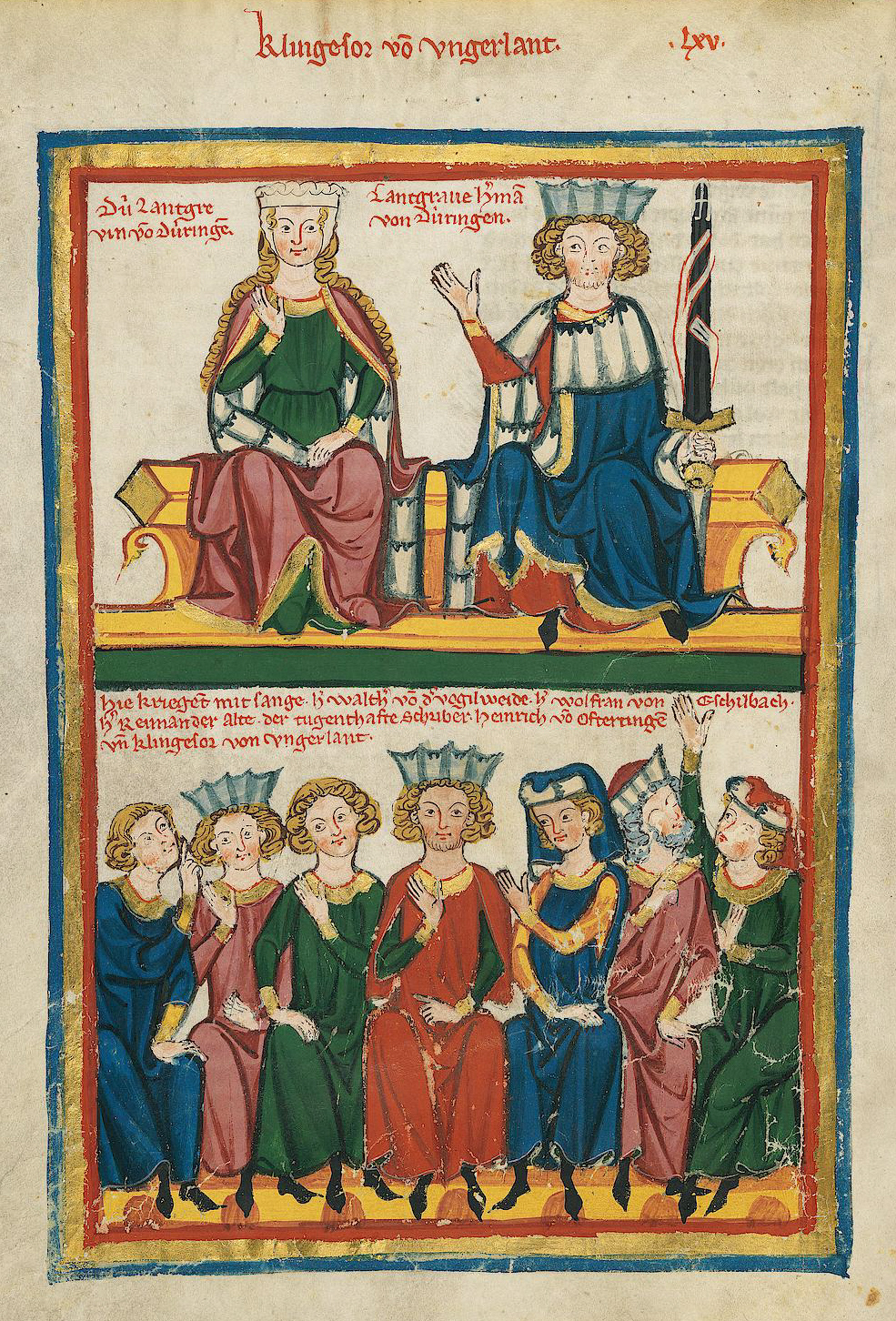
From what I understand, Klingsor, who seems to have first appeared in an early nineteenth century tale of the contest, does not appear in Wagner’s Tannhauser, but is in his Parsifal, about Sir Perceval from King Arthur’s court.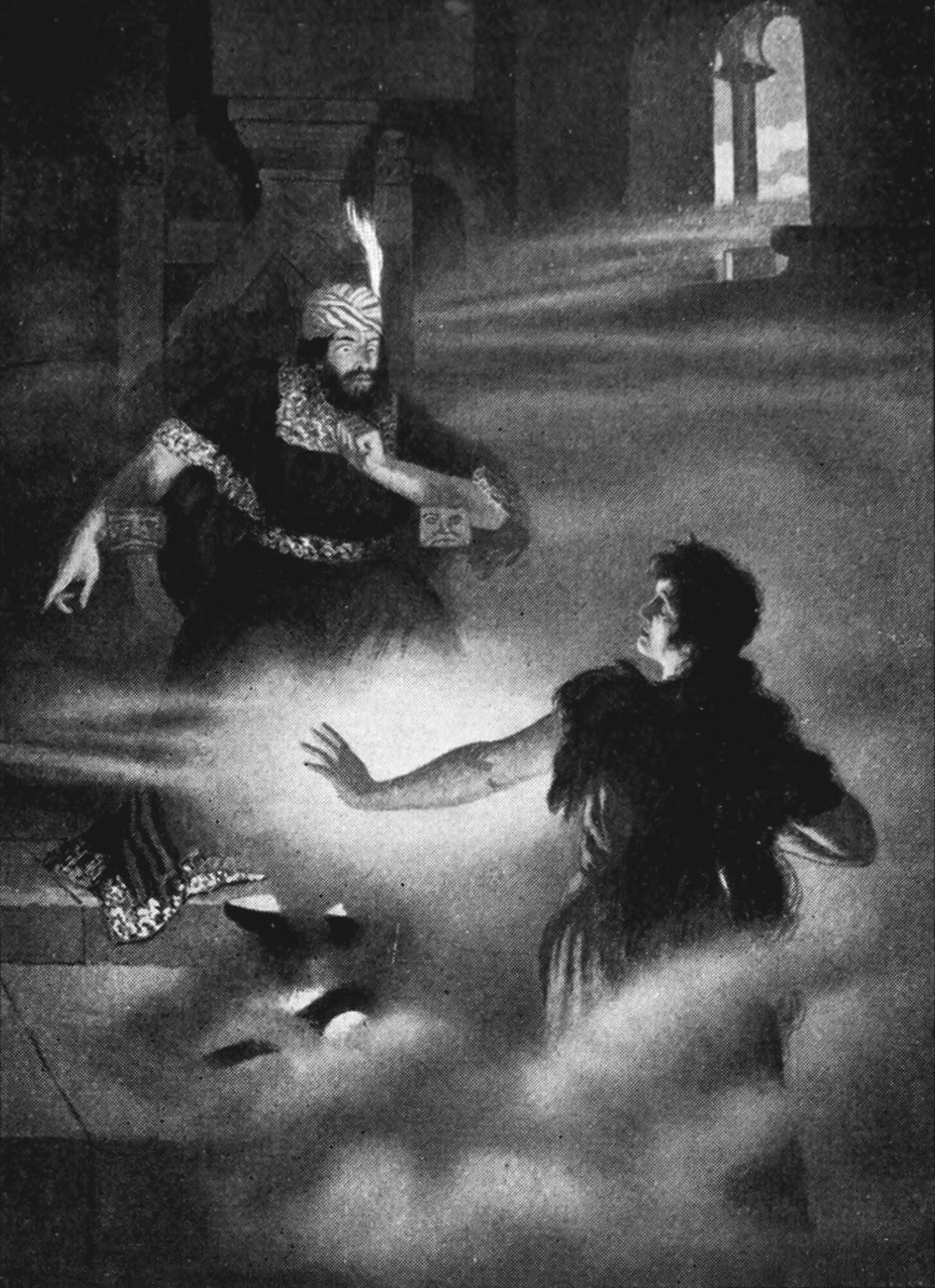
An extra connection here is that Wolfram von Eschenbach, who wrote the epic poem Parzifal on which the opera is based. The contest, if it even really happened, would have presumably been before Tannhauser’s time, although at least it’s in the right century. And Horselberg and Wartburg are both in Thuringia. The Norse Mythology Blog suggests that Wagner’s idea of combining the two stories comes from an 1835 book by Ludwig Bechstein. And if you want to hear a chorus from Tannhauser, you can always listen to the thunder in the Land of Mo.